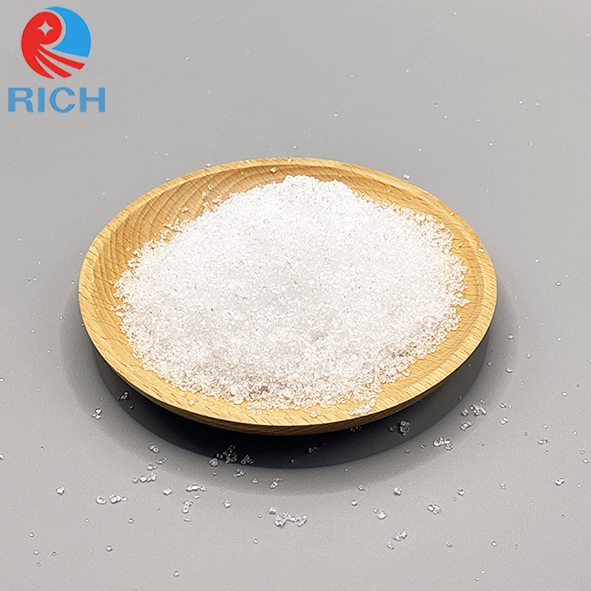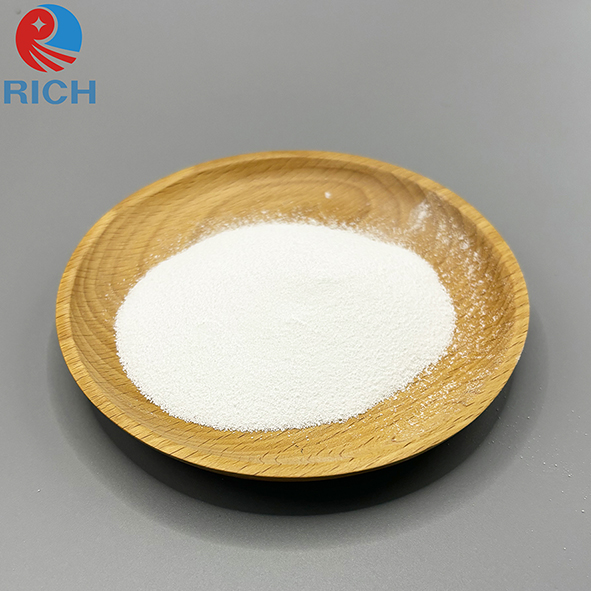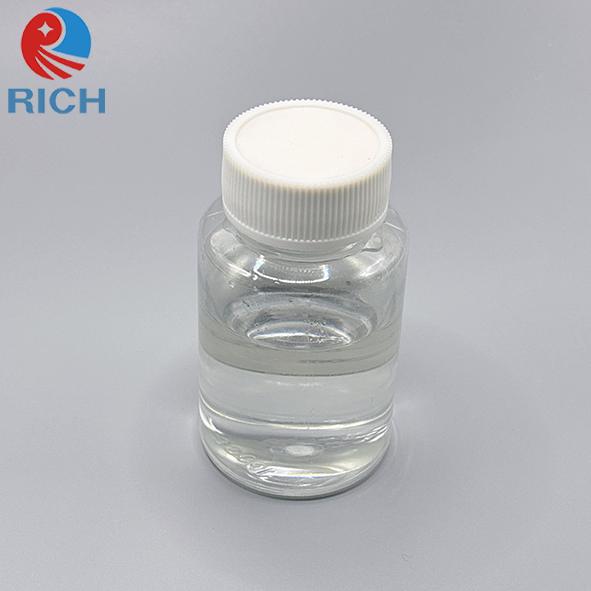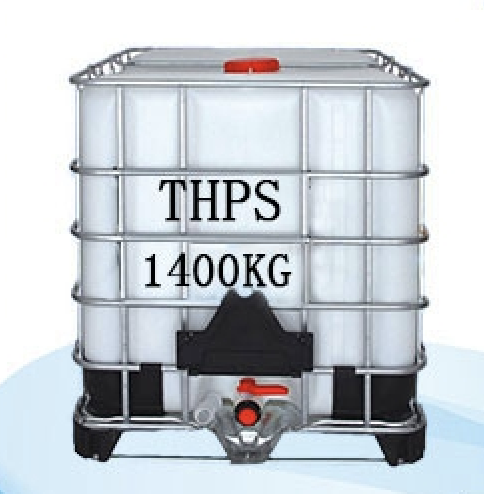Sodium Hypophosphite Applications
Sodium hypophosphite, also known as sodium hypophosphite monohydrate, Abbr. SHPP or HYPO.
Applications of Sodium Hypophosphite:
-
Electroless Nickel Plating: The metal surface plated through electroless plating possesses corrosion and wear resistance, a uniform, dense, and firm nickel-phosphorus coating, which can replace stainless steel materials. It is widely used in electronics, machinery, petroleum, OEM manufacturing, aviation, nautical, food, pharmaceutical, and other industries.
-
Metallization of Non-Metal Surfaces: It metallizes the surfaces of non-metal materials such as plastics, ceramics, glass, and quartz.
-
Water Treatment: It is used in the preparation of various industrial preservatives and oilfield scale inhibitors.
-
Food and Industrial Boiler Water Additives: It serves as an additive in food and industrial boiler water.
-
Catalyst and Stabilizer in Chemical Reactions: It is used in concrete water-reducing agents and other applications.
-
Other Applications: It can be used as an antioxidant, an anti-fade agent, a dispersant, and in textile finishing and the pharmaceutical industry.
Recommended Posts
-
biocide THPS75%, widely used in oil drilling field and water treatment field. Package: 1400kg/IBC, 18IBCs/20'FCL 250kg/Drum, 4 drums/pallet, 80drums/20'FCL
-
the overseas team including their boss, technical engineer and purchase manager visited our Phosphates factory which mainly manufacture Yellow phosphorous, sodium hypophosphite (SHPP), Tetrakis Hydroxmethyl phosphonium sulphate (THPS), Tetrakis Hydroxmethyl phosphonium Chloride (THPC), Tetrakis Hydroxmethyl phosphonium Chloride -Urea(THPC-U), etc.
-
Sodium tripolyphosphate serves as a highly important additive in ceramic production, with its role extending far beyond a single function. Through its unique chemical properties, it effectively operates in multiple critical stages, significantly improving both the production process and the performance of the final product. As a long-proven and highly effective ceramic additive, the following outlines its main functions, mechanisms, and considerations: Core Functions & Mechanisms 1. As an Efficient Dewatering Agent and Dispersant This is the most important and widespread application of STPP in ceramic manufacturing. Mechanism of Action: Clay particles in ceramic slurries typically carry a negative charge but tend to attract each other, forming a "flocculated" structure that traps a large amount of free water. This leads to poor slurry fluidity and h...














